About Science Activation
The NASA Science Mission Directorate (SMD) Science Activation (SciAct) program is a competitively-selected network of collaborative projects that seek to connect NASA Science with diverse learners of all ages in ways that activate minds and promote a deeper understanding of our world and beyond, with the ultimate Vision:
To increase learners’ active participation in the advancement of human knowledge.
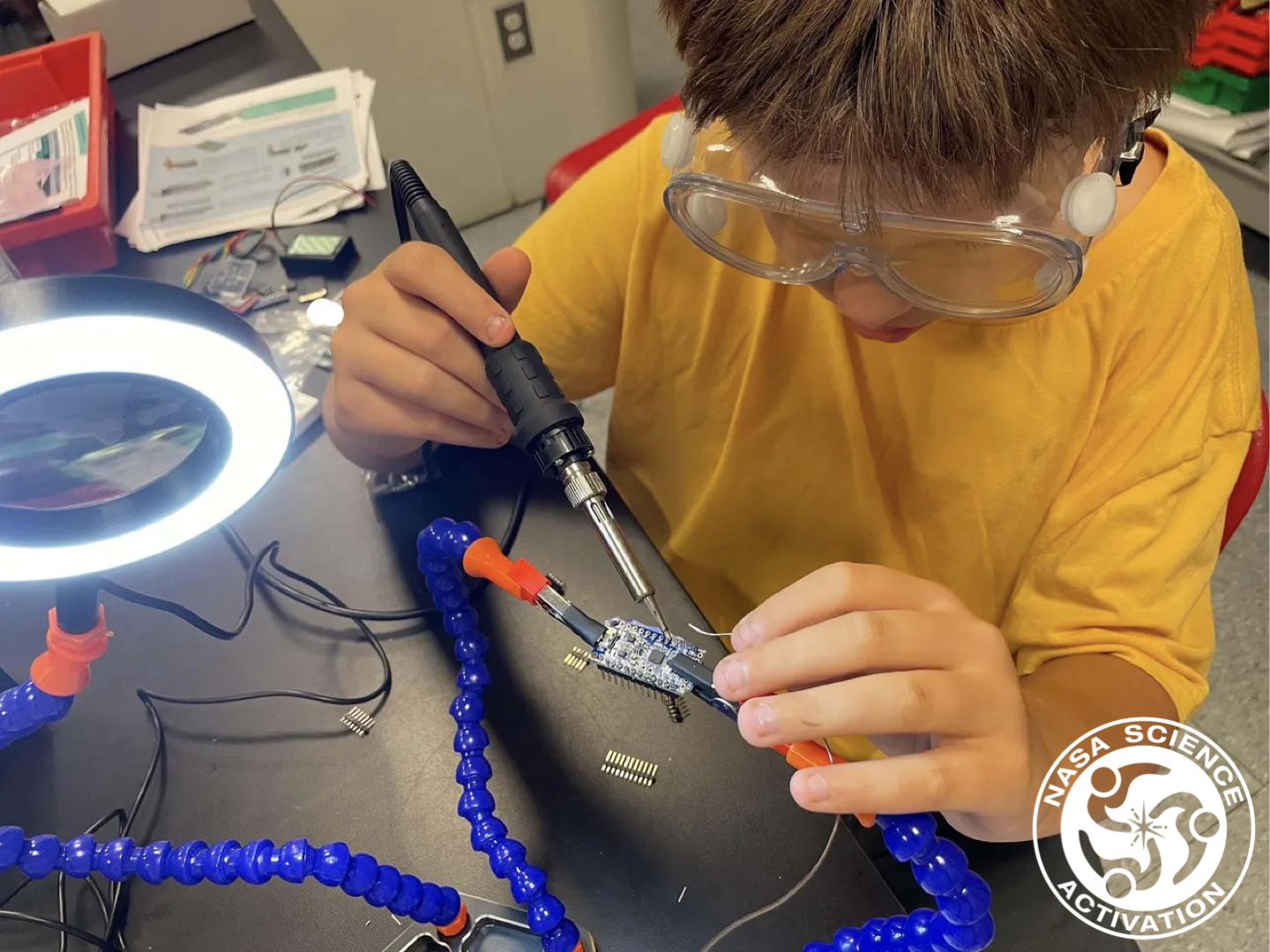
We Connect and Collaborate: A Collective Impact Approach
Since its inception in 2016, the SciAct program has adopted a collective-impact, network-of-networks approach. A small group at NASA serves as the “backbone organization” that supports, leads, and coordinates collaboration across a cooperative, nationwide network of 50 competitively selected SciAct teams and NASA infrastructure activities. These teams of community-based learning providers, educators, and experts, work together to connect diverse learners of all ages with NASA science experts, exciting NASA content, and authentic science experiences.
Through value-based decision making and community building, intentional and independent evaluation, efficient coordination of mutually reinforcing activities, and open and continuous communication, SciAct works to activate minds, deepen understanding of our world and beyond, and create learner pathways to STEM careers.
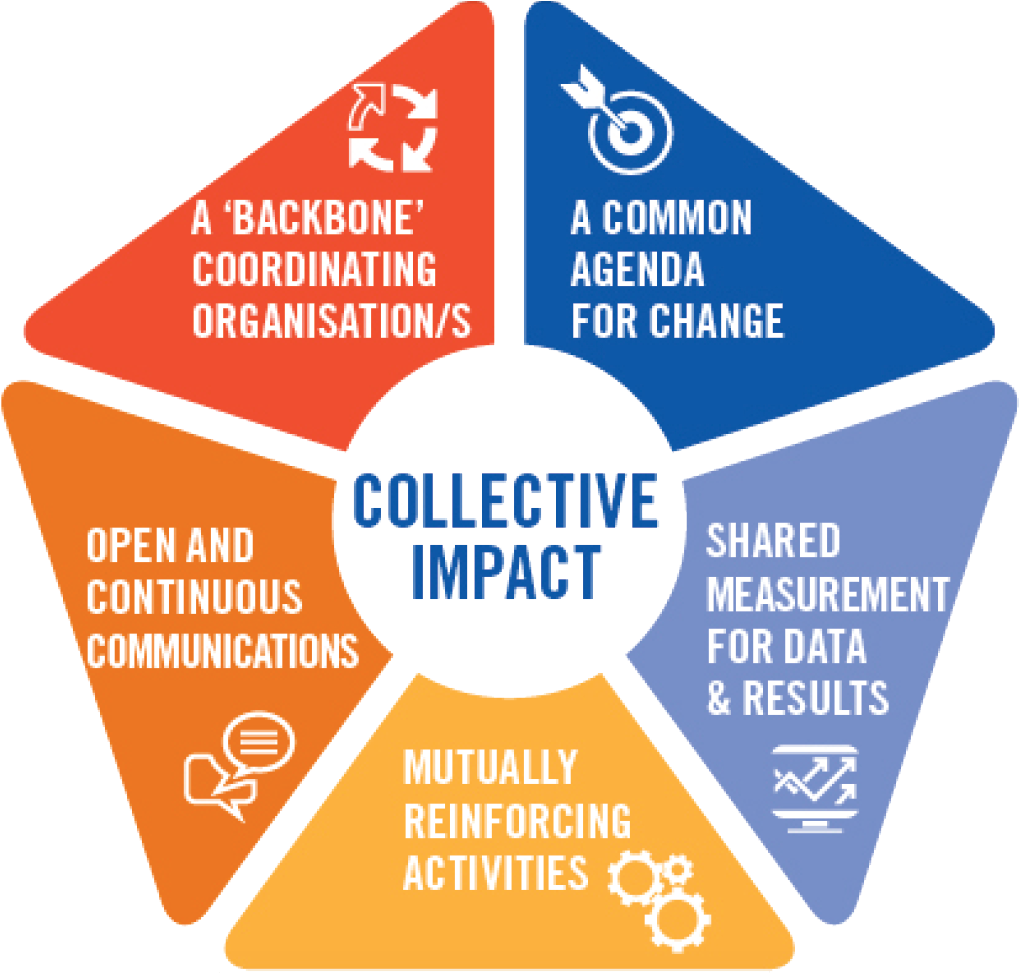
We Reach and Engage: Learners Across the Nation and Beyond
In 2022, the Science Activation program facilitated 52 million learner interactions in the United States and ~¼ million abroad. The program is now working to bolster its already impressive reach and engagement successes through enhanced communications and social media strategies that leverage NASA’s extensive networks. As one example, the SciAct communications and project teams collaborated to compile and organize a wealth of back-to-school resources for teachers in August 2022 and again in 2023. These campaigns help expose millions more potential learners and educators to NASA science learning resources.
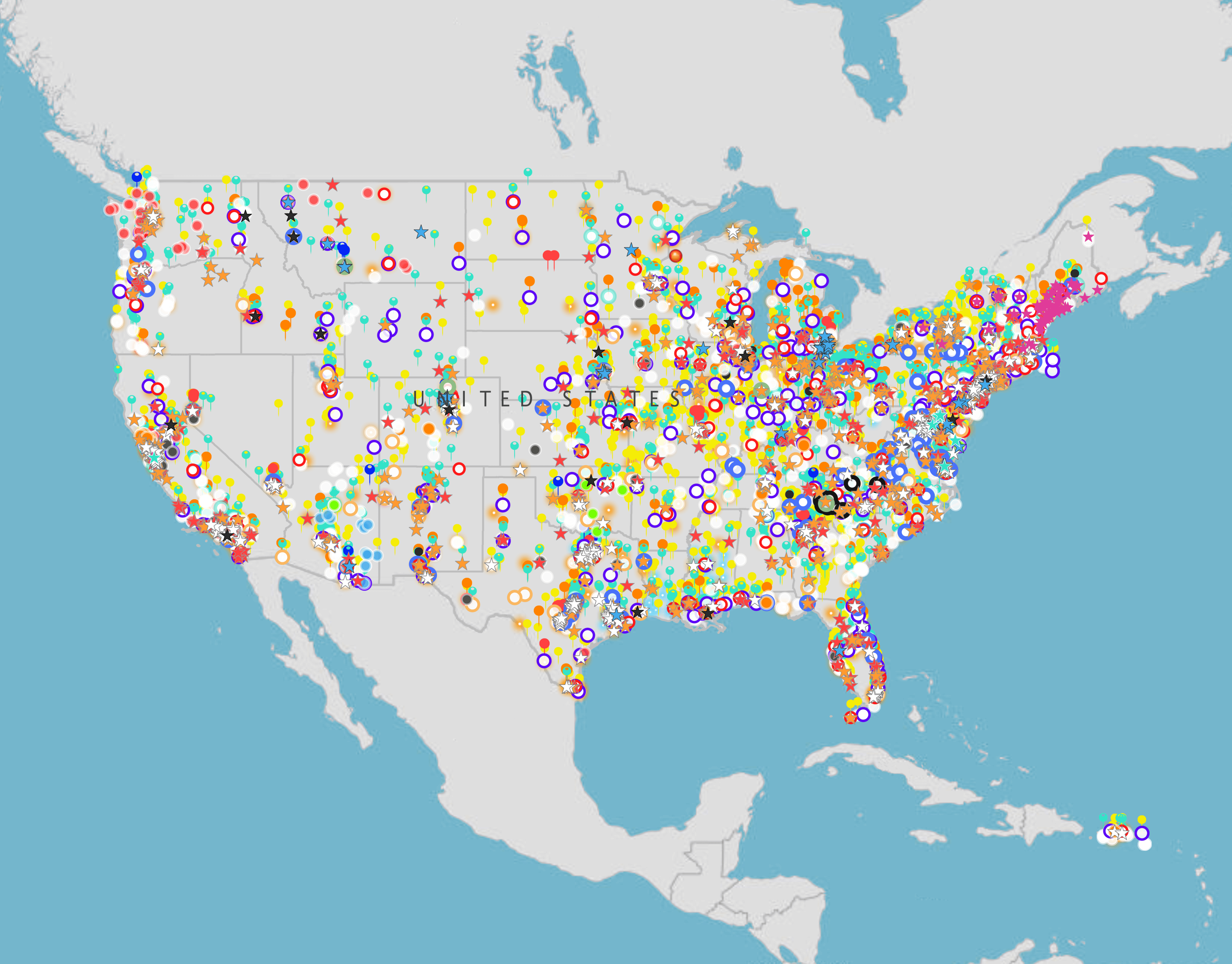
We Leverage: 525 Partners
SciAct achieves its impressive nationwide and international reach in two primary ways:
- Teams enter into cross-collaborations within the program to leverage each others’ assets and expertise. This reduces any duplication of effort and promotes efficiency to accomplish shared goals.
- Teams engage in strategic partnerships with additional community-based and audience-based organizations to support institutional, state, and local efforts to optimize the taxpayer investment. Each team selects and develops those relationships that help them best achieve their objectives and meet the needs of diverse learners. Since the beginning of the SciAct program in 2016, these partnerships have more than doubled, with teams reporting 525 active external partners in 2022.
Leveraging partnerships and collaborating both internally and externally amplifies SciAct’s impact for learners across the Nation and enables connections in all 50 states, the District of Columbia, and 4 U.S. territories.
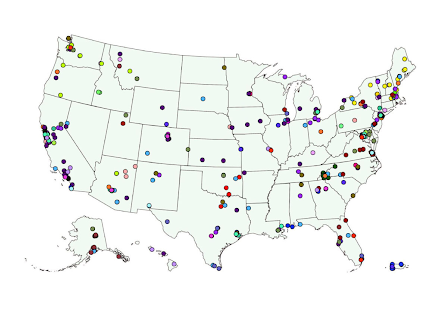
We Inspire: Learners and Scientists
NASA and NASA-funded scientists work with SciAct, both behind the scenes and interacting directly with learners of all ages, to share the story and adventure of NASA Science. Throughout 2022, more than 745 subject matter experts participated in and helped produce accurate, compelling, and innovative SciAct events and products—giving learners the opportunity to learn from and work hand-in-hand with real scientists in inspiring and engaging ways.
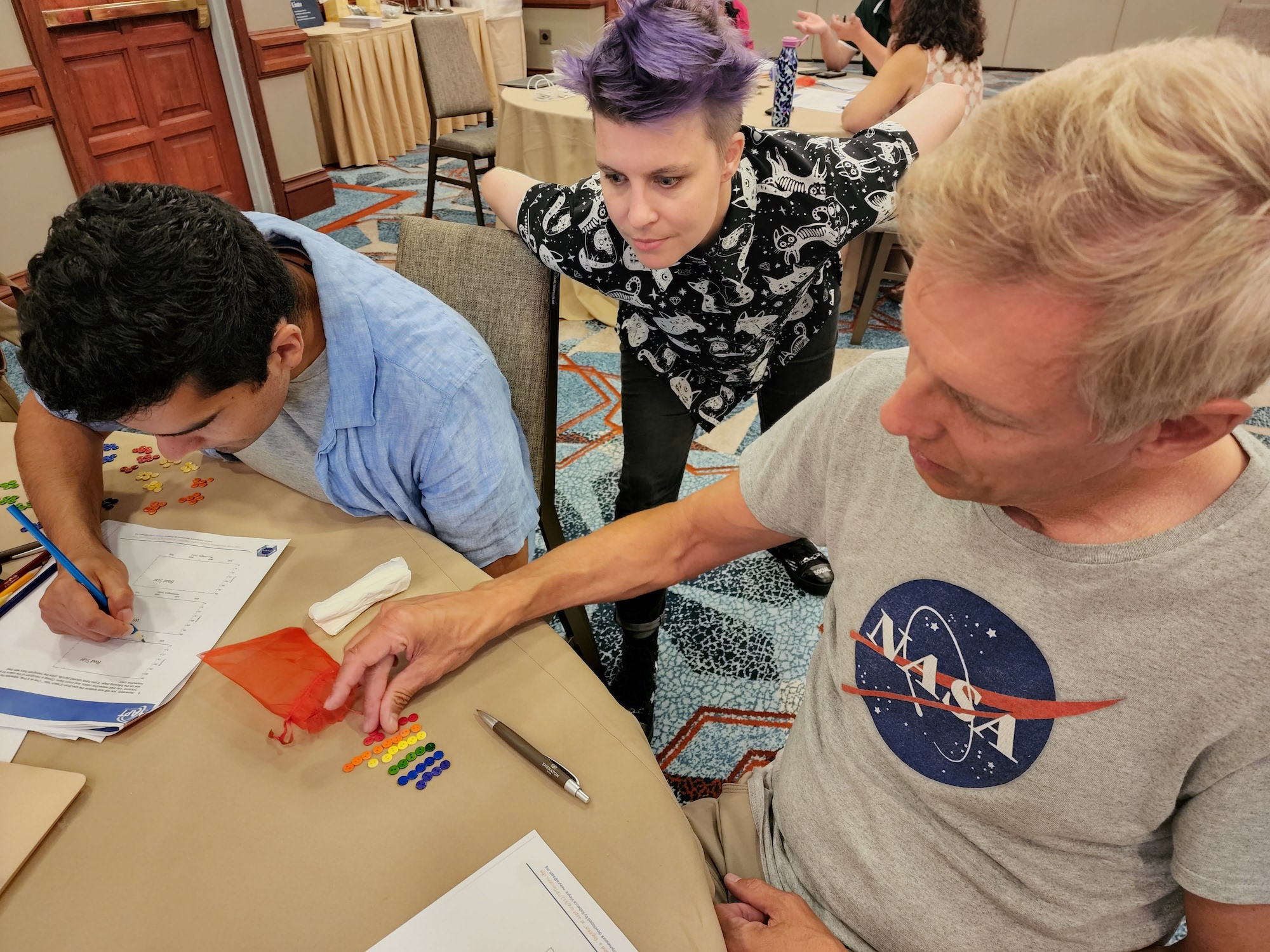
We Innovate: Evidence-Based Learning Solutions
Since SciAct began, our teams have reported 120+ peer-reviewed publications documenting evidence-based solutions for reaching and motivating learners of all ages so that others can benefit from our lessons learned. To date, these publications have been cited more than 1025 times. The h-index of the collection is 17, meaning that 17 of the publications have been cited at least 17 times. The most cited publication, on the topic of virtual field trips, has itself been cited more than 110 times.
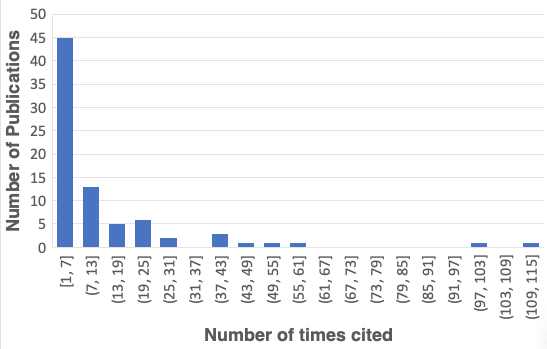
We Provide: Learning & Educational Resources
SciAct offers a range of resources and opportunities that invite learners of all ages to participate in authentic science. The SciAct Catalog of Learning and Educational Activities & Resources from NASA (LEARN) Science provides a searchable, filterable collection of over 1000 resources to support diverse learners.
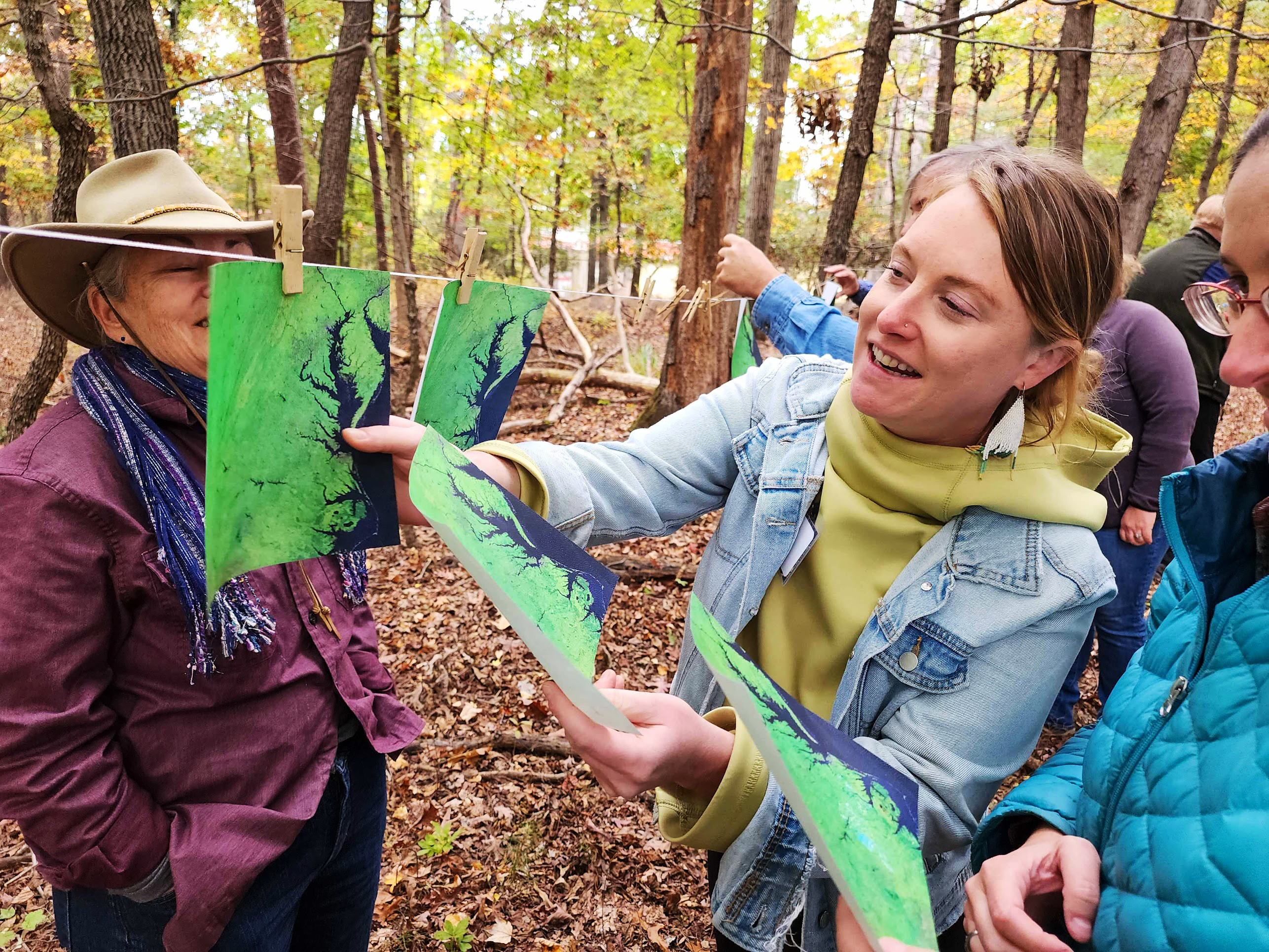
We Empower: Broadening Participation
Diversity, equity, inclusion, and accessibility (DEIA) have been critical values that underscore SciAct’s commitment to broadening participation since the program began. With over half of its portfolio now focused on broadening participation of specific groups as a primary goal, and the remaining projects working to broaden participation more generally, SciAct fully realizes NASA’s 2020–24 Vision for Scientific Excellence Priority 4 Strategy to “increase the diversity of thought and backgrounds represented across the entire Science Mission Directorate portfolio through a more inclusive environment.”
SciAct aims to better serve groups historically underrepresented in STEM fields by delivering activities and experiences tailored to learners of particular backgrounds and learning styles. Teams also seek to leverage subject matter experts with diverse backgrounds and career experiences. SciAct brings new learners to the process of science via projects and activities specifically designed to support community college, differently-abled, immigrant, indigenous, multilingual, neurodiverse, rural, and other disadvantaged, underserved, and underrepresented communities, which also closely aligns with our national agenda for STEM education in its priority to increase diversity, equity, and inclusion in STEM. We also leverage SMD’s attendance at targeted meetings and conferences to further enhance our reach to these communities.

History
SciAct represents a culture change from the previous model (in effect 1993-2014) in which each science mission devoted 1% of its budget to education and public outreach. While that model resulted in some impactful work that was well-tied to NASA mission science, it also eventually led to silos and duplication.
SciAct began with a stand-alone Cooperative Agreement Notice (CAN), then moved into the Research Opportunities in Space and Earth Sciences (ROSES) omnibus solicitation. SciAct solicitations and selections are summarized below.
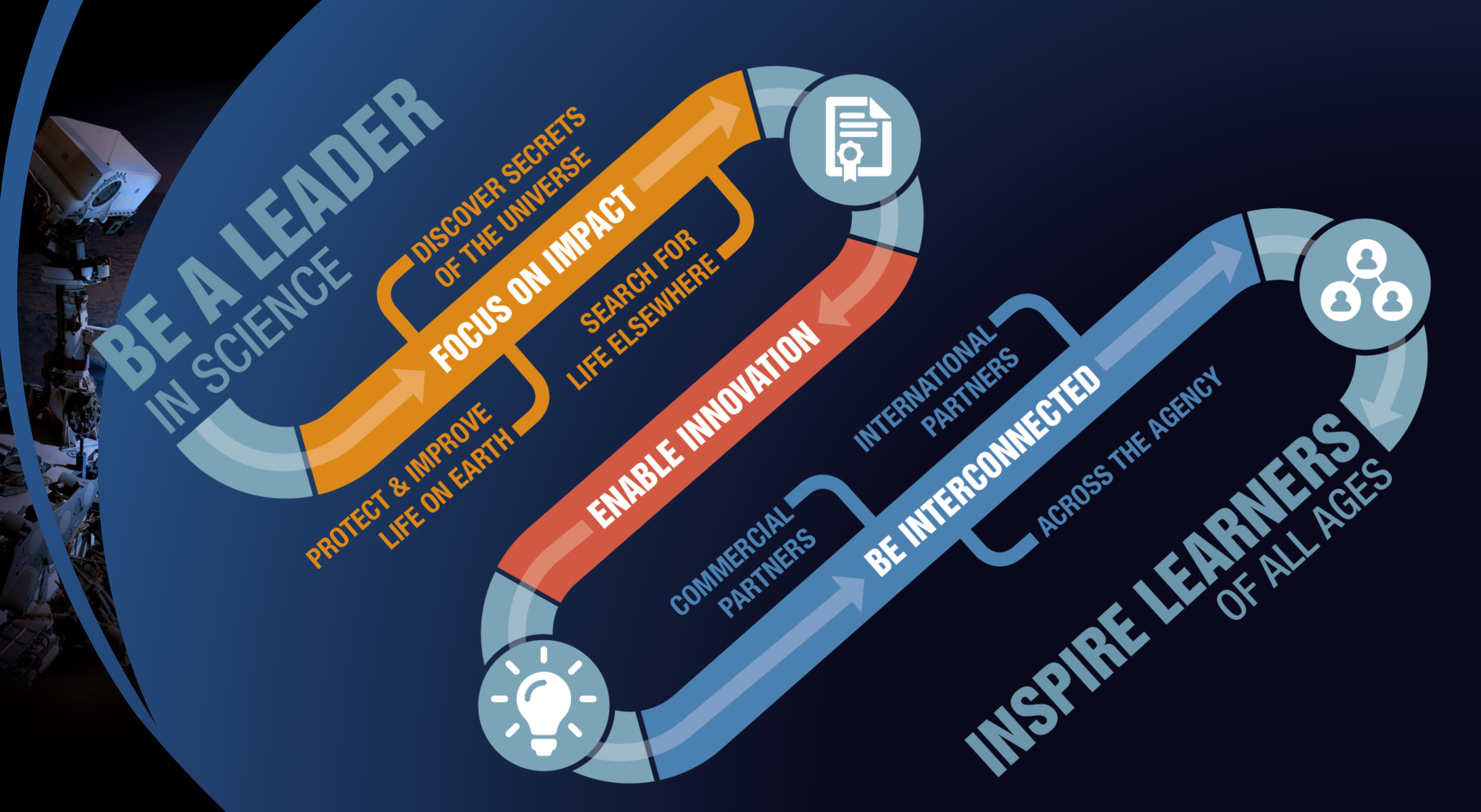
Year | Solicitation | Selections |
2015 | ||
2020 | Science Education CAN extension opportunity | |
2020 | 9 projects added to portfolio | |
2021 | 13 additional projects selected in priority areas | |
2024 | DRAFT solicitation to refresh the SciAct portfolio (final text coming late 2024) |
